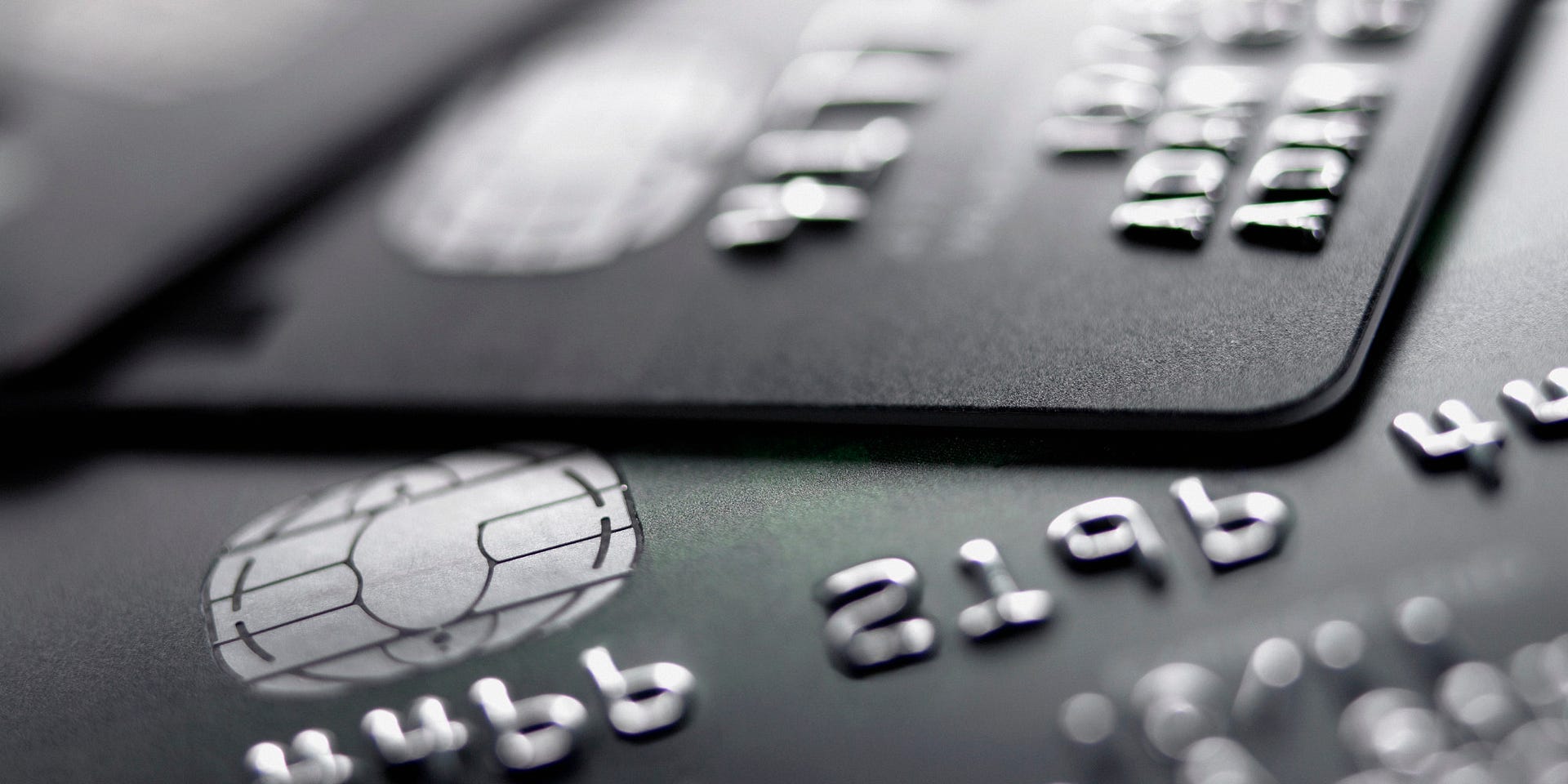Now that we’ve explored some of the non-traditional payment platforms that increased convenience and mobility, as well as their effects on business and banking, we can begin to look at how banks are handling mobile payment methods. While online banking options have been available since nearly the advent of the internet, only recently have banks truly entered the market of mobile payment1.
In early 2014, Visa and MasterCard began supporting cloud based mobile payments, which allowed banks to truly enter the market space1. By being able to link their already established debit and credit cards to phones, users could conveniently and quickly make mobile payments just like they used to with their cards, except the card is now obsolete. Multiple banks have their own variations of the technology, from ChasePay to ScotiaBank Mobile Wallet2, which are all targeted towards capturing the transactions that consumers were previously turning to alternative platforms for. This technological link between bank accounts and payment methods is helping to recapture the lost revenue from increased mobile payment options.
While this mobile pay technology is complex, the logistics can be briefly explained. The technology utilizes near field communication (NFC) to allow phones to communicate with terminals, exchange information, and process the payment1. Essentially it functions like the ‘tap and pay’ ability of traditional bank cards. NFC chips are embedded in nearly every smart phone today, creating a large network of mobile pay ready phones.
However, the road to competition is paved with difficulties for traditional banks to overcome. For starters, services like PayPal have a large first-mover advantage which has led to their services being accepted universally and offering much more flexible payment options than traditional banks2. The convenience brought by wide acceptance of services like PayPal has been studied to be the most important factor for first adopters of mobile payment3. They have been found to value convenience and ease of use over all other factors3. Additionally, the 2016 North America Digital Payments Survey found that more users trust services like PayPal to handle their mobile payments, as opposed to traditional banks4. Supporting research has found that the number one factor affecting this difference in consumer trust is the quality of the payment method5. Clearly, the options being offered by banks are still found to be lacking in the eyes of consumers, which is a problem banks must address as they carve out their space in the mobile payment market.
Banks do have competitive potential in the fight for mobile payment transactions. The biggest advantage banks have is their ability to compete on transaction fees2. While services like PayPal offer free exchanges between individuals, businesses must still pay fees to use the technology. However, banks like Chase have begun partnering with card service companies (like Visa) to undercut these transaction fees in the interest of maintain customer relations and carving out a large piece of the transaction pie2. While this may seem to go against the card and transaction fees they have been known to charge (and which we discussed in earlier blogs), this change is a direct result of the advancement and competition of the mobile payment market2. By forcing banks to adapt or lose significant revenue, mobile payment platforms have proven to be a disruptive innovation that can’t be taken for granted.
Footnotes
1 Hernandez, Will. (2016, July 22). How will banks address mobile wallets? Mobile Payments Today. Retrieved From https://www.mobilepaymentstoday.com/articles/how-will-banks-address-mobile-wallets/
2 Back, Aaron. (2016, July 8). In Mobile Payment Wars, Big Banks Strike Back. The Wall Street Journal. Retrieved From https://www.wsj.com/articles/in-mobile-payments-war-big-banks-strike-back-1467998735
3 Kim, Changsu. (2010). An empirical examination of factors influencing the intention to use mobile payment [Abstract]. Computer In Human Behaviour, 26 (3), 310-322.
4 Harris, Rebecca. (2016, October 25). Mobile Payment Awareness Grows, But Not Usage (Survey). MarketingMag. Retrieved From http://www.marketingmag.ca/consumer/mobile-payment-awareness-grows-but-not-usage-survey-185751
5 Zhou, Tao. (2013). An empirical examination of continuance intention of mobile payment services [Abstract]. Decision Support Systems, 54 (2), 1085-1091.

